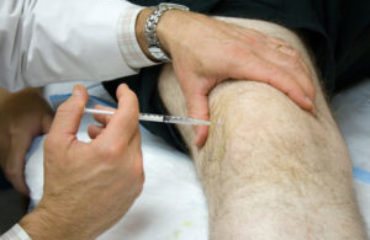What is Patellar instability?
Patellar instability is a range of conditions. It refers to the kneecap (known in medicine as the patella) sliding out of its groove and dislocating. According to some estimates, it affects 7 in 100 000 US Citizens each and every year. Those who dislocate their kneecap for the first time are significantly more likely to dislocate it again and have chronic instability than an individual who has never dislocated their patella.
This can occur for a number of reasons, one of which being a traumatic sports injury. Other times the patella does not need an injury to become unstable. ……..
How do I know if I have dislocated my kneecap?
Sometimes it’s obvious you’ve knocked your kneecap out of place (as you can see it!). However other symptoms to look out for are:
- Pain – pain around the kneecap or on top of the kneecap is the most common symptom
- As mentioned previously, the patella is the kneecap and if it is out of place it is often visually obvious. If you straighten the knee it usually moves back into its groove.
- Swelling – after the initial injury (if there was one) there is typically a swelling in the first hour. This is because blood vessels around the kneecap will have burst and are bleeding into the joint.
- Patients often say they just don’t trust their knee. The feeling it may give way at any time is a common complaint.
Commonly the doctors will order an X-ray of your kneecap from above – known as a skyline view – to make sure it is correctly in its groove. This might show up a number of abnormalities that makes a patient more likely to dislocate their kneecap.
How do I treat patellar instability?
First things first, get the patella back into its groove. If you straighten the knee you should feel and hear a clunk as it goes back into place. Once it’s in place you still need to head to a specialist clinic to discuss other treatment options. Options for treatment include:
- Immobilization of the knee using a brace for a number of weeks is usually advised
- Some painkillers like Ibuprofen can help with the pain
- Physical therapy to strengthen the quadriceps muscles is also recommended
- For some patients who have recurrent issues, a surgical solution may need to be considered
Can I return to sports?
The short answer is yes – most athletes get back to the sport they love. This happens slowly over a number of steps including:
- At first, the knee will be immobilized in a brace for a number of weeks
- Usually, you will be given physio guided exercises that include quadriceps
- Eventually, you will be allowed to return to swimming and cycling
- A few weeks after this training and gentle running may be resumed.
- A full return to team sports can then occur gradually – playing half games at first.



